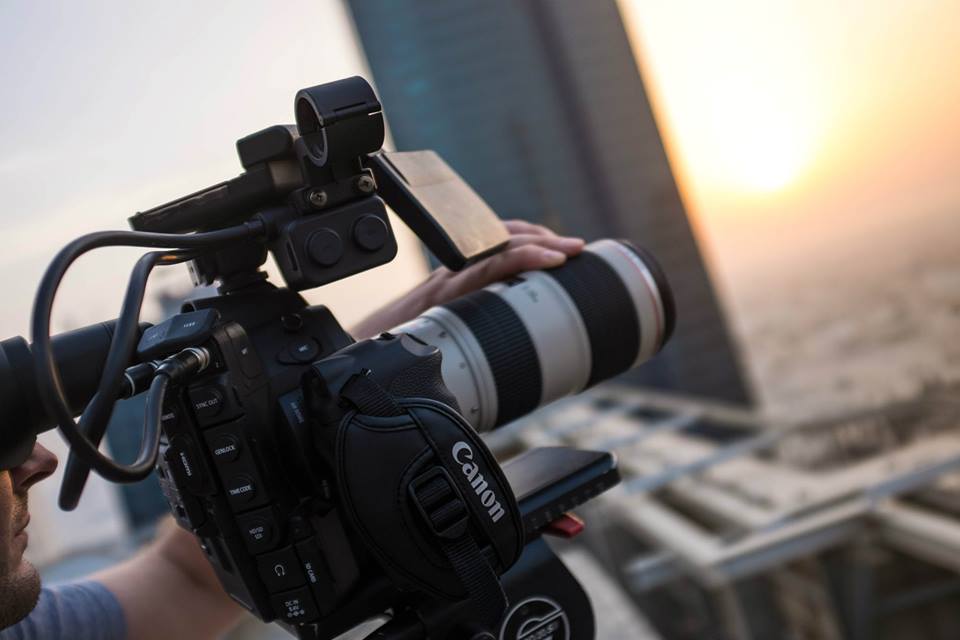Here's How You Can Shoot Better B-Roll
There are a lot of things that can frustrate a documentary film editor, like finding out there isn't enough good, quality footage to produce a well-rounded piece with a solid structure and full story arc. Shooters who are new to the video production industry not only need to learn the basics of lighting and composition, but also how to approach a b-roll shoot strategically and how to think like an editor. Improve the quality of your b-roll and you elevate the quality of the final piece.
Follow these tips for shooting better b-roll. Your editor will thank you.
Hold The Shot - I've edited a lot of videos over the years and it always surprises me when I get footage from other shooters that never seems to settle long enough for me to find good in and out points. Just when I think that the shooter has finally framed up the shot, it pans off to something else after only a second or two, leaving me with no good edit options. Once you frame up your shot, hold it steady for at least seven seconds so your editor can make a cut. Now, the exception to this is if there's a compelling moment playing out in front of you in real-time. Leave the camera on the shot until the moment is complete. Remember to learn patience when shooting.
Focus On What's Most Important - What is the scene supposed to be about? Who are the central characters in the story? It can be easy for an inexperienced shooter to arrive at a busy location and feel overwhelmed with the amount of activity going on in front of the lens (like a crowded market place, for example). The tendency for an inexperienced shooter is to get way too many wide shots. When you try to show the viewer everything you end up not telling the viewer anything of importance. When there are too many things in the frame, viewers don't know what's most important and aren't sure where to focus their attention.
Build Sequences - Every shooter has heard this one before, "Get wides, mediums, and tights." It sound elementary, but it's often overlooked. The editor will be looking for shots that help build a narrative and that's impossible to do without a variety of shots at different focal lengths. For reference, look back at my post "5 Things To Remember When Shooting Documentaries." In it I talk about the importance of giving your shots beginnings, middles, and endings, and looking for detailed close-up shots that an editor can use for transitional elements. Once you have those shots in the can, think about unique camera angles that you can get while on location.
Give Us a Sense Of Time and Place - Viewers need to be oriented. Capture the environment in which the story takes place. In some cases, the environment is a character unto itself and shouldn't be neglected. Provide your editor (and ultimately the audience) with plenty of footage that conveys context.
Show Subjects In Their Environment - As the logical next step from point #4, it's important that you get footage of the subject in his or her own environment. The sit-down interview with your subject might take place somewhere unrelated to the story he or she is telling (like a studio). Showing the subject in his or her environment makes him or her more real for the audience.
Show Subjects Traveling - Your editor will need plenty of shots of your subject traveling from point "A" to point "B," then over to points "C" and "D." Capturing traveling b-roll is important for moving the story forward, and it helps your editor bridge scenes without jarring the audience with awkward cuts. Whether it's walking through the marketplace, driving through downtown, or bike riding by the river, get those traveling shots.
Always Record NAT Sound - By "nat" sound, I mean "natural" sound; ambience. Set up your on-board camera mic to record the sounds of every b-roll location, and be sure to monitor the levels. The final video can't rely solely on voice-over and music. It needs ambient sound strategically placed throughout, to create a sense of presence and immediacy. So, go ahead and capture the sound, even if you think the editor will cover up the NATs with music or VO.
Video editors, what other advice can you give to young camera operators? Leave your thoughts in the Comments section.

